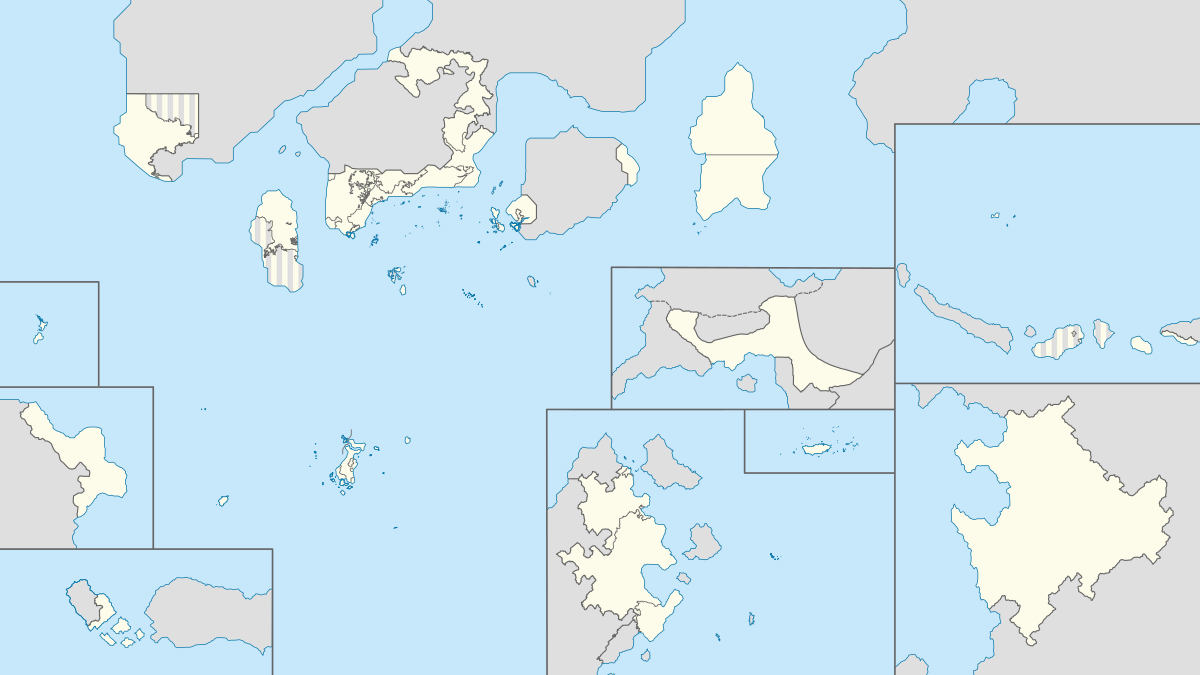| Plate
|
Type
|
Description
|

|
Regular
|
The regular licence plates start with one or two-letter code of administrative center, after which spacing separates two letters and four numbers. A blue field is placed along the left side edge, bearing the country code for Phinbella (PHI) and nine stars.
|

|
Police
|
Police forces have special blue colored plates. They start with GC (short for 'police' in Korean, 경찰 gyeongchal) and end with four (sometimes five) digits. The police number plates are not light reflective.
|

|
Military
|
The military license plates have white characters on a dark green background. They start with MI (short for 'military'), L for sea (laut) or U for air (udara) and end with four digits. Military number plates are not light reflective.
|

|
Diplomatic
Government
|
Diplomatic and Government vehicles have yellow characters on a black background. The first two letters vary - CD is used by government officials, AM by ambassadors, DI by other diplomats and ОR by international organisations. The first two digits on the plate are a code identifying the institution to which they belong (example: 01 for Sanpantul).
|

|
Public transport
|
Public transport vehicles (such as buses and licensed taxis) have black characters on a white background. The space is dividing two-letter code of administrative center and four digits. The first two-letters is BS for buses and TX for taxis.
|

|
Trailer
|
Trailer plates start with TE (short for 'cargo' in Pyeongrang Malay). Two letters and three numbers are divided from TE with space.
|

|
Temporary
|
Temporary plates are printed out on a thick holographic paper and put on front and rear windshields. Hologram is placed on letter T (short for 'trial') and coat of arms.
|
